Using 3D Filament in Scent Work Dog training Tools
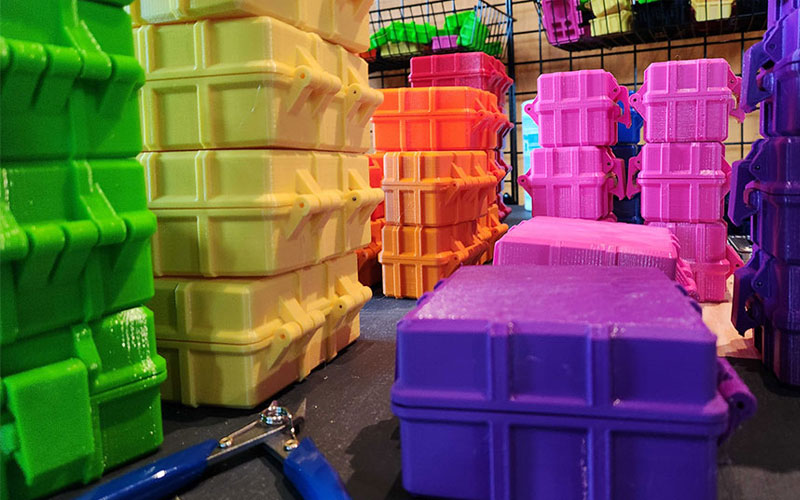
Leerburg built a 3D printing lab several years ago. It was not a small learning curve to get where we are today, and the truth is we are continuing to learn as we create and add products.
From the beginning, we thought we had 3 hurdles that challenged us:
- What 3D machines should we use?
- What filament should we print products with?
- How do we code and build the computer program to produce our products?
Then we quickly learned that there was a 4th hurdle, which is to "convince customers that not all filament is the same".
There are different types of filament that are best used for specific products. That's what this article is about.
We underestimated the importance of the 4th hurdle. Which is explaining to potential customers why we use specific filament to print certain products.
Let me use an analogy to explain what I am talking about.
When new dog owners get a puppy, they quickly learn that "EVERYONE HAS AN OPINION ON HOW TO TRAIN YOUR DOG, just ask your brother, your neighbor, your barber, or your mailman. While these are all nice people, the odds are very few people have the experience to know how to offer good training advice."
The same happens with to 3D printed products. There are so many people who have opinions but have no experience to back those opinions.
This article will go through our experience in building our 3D lab and explain our experience to determine what filaments we use and why we use them, including our mistakes.
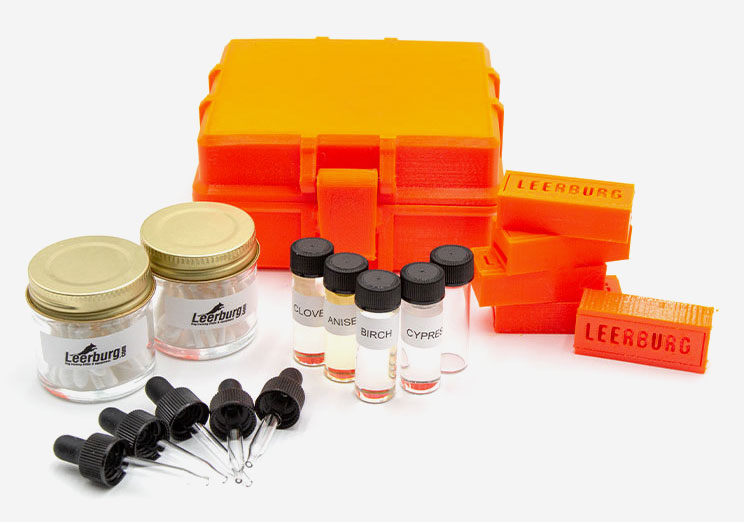
There are filaments used to make many products, ghost guns and/or filaments used to build 3D tiny houses in one day. The government actually gave that company a contract to send their machine to the moon so astronauts can build tiny houses.
There are filaments that are toxic and filaments that are food-safe. There are filaments that absorb a good deal of odor and some that absorb very little odor. Some filaments absorb liquids, while others are designed to hold liquids.
We have learned what filaments to use to build dog training products. We learned much of this through trial and error. We made mistakes and learned from those mistakes. I will name and talk about these failures below.
When we first started to make 3D products, I thought we should keep the type of filament a secret, a trade secret, so to say. I thought naming the type of filaments was a mistake. I now think that was wrong. Which is why I am writing this article.
We don't know everything, but we know a lot more than we knew 4 years ago (and we are still learning).
The real trade secret in 3D printing is the computer code used to run the machines that print the products. Our computer engineer has a degree in engineering and game design.
Common filaments covered:
- PLA (Polylactic Acid)
- ABS (Acrylonitrile Butadiene Styrene)
- PETG (Polyethylene Terephthalate Glycol)
- TPU (Thermoplastic Polyurethane)
Overview of Common Filaments
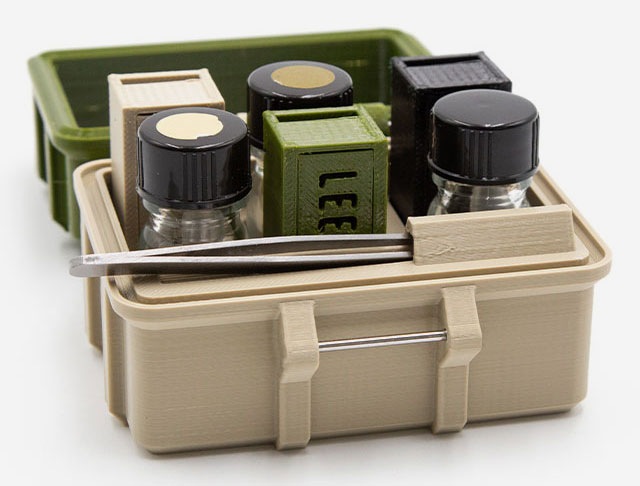
- PLA: A biodegradable and versatile filament, known for its ease of use and low warping.
- ABS: A durable and strong filament, known for its heat resistance and ability to withstand mechanical stress. Needs ventilation for printing due to toxic fumes
- PETG: A flexible and tough filament, known for its clarity, chemical resistance, and ability to bridge gaps. PetG is human and animal safe and can be used in human food containers
- TPU: A flexible and elastic filament, known for its resistance to wear and tear, and ability to absorb impact.
Resources
Leerburg has experimented with a variety of materials including some that are not on this list but these are 4 of the more common printing materials.
- https://all3dp.com/1/3d-printer-filament-types-3d-printing-3d-filament/
- https://www.pcmag.com/how-to/3d-printer-filaments-explained
- https://www.simplify3d.com/resources/materials-guide/
PETG is Leerburg's most common filament
Our primary filament, however, is PETG, which is derived from polyethylene terephthalate (PET), one of the world's most widely used plastics.
It's best known for its use in water bottles, but it's also found in clothing fibers and food containers. The main difference is the (G) Glycol which is added to make the plastic more durable and impact resistant. perfect for our use.
The FDA considers PET and the PETG derivative food safe and non-toxic in accordance to FDA regulation 21 CFR 177.1315.
While we don't prepare food items here at Leerburg, our PETG filament is safe to be used in food preparation.
One of the main concerns with 3D filaments are the color additives. This is why we only buy filament from a few vetted manufacturers here in USA.
PETG does have some hydroscopic concerns, meaning it does absorb moisture from the air, though not very many studies say how fast or how much or if it maxes out at a certain point. It is considered less hydroscopic than ABS and TPU, though more so than PLA. We originally choose PETG for scent detection because of its chemical resistance properties and the harshness of some scented items being used.
PETG does stand up fairly well to the scents when exposed to small amounts of the oils used in civilian scent work. However, a q-tip soaked in scent oils for a prolonged period of time may lead to some reactions and discoloration. This is why we always recommend storing scent oils in glass jars and not use odor boxes as storage containers for scented Q-tips.
3D Rat Tube

We have done several design revisions and updates since starting to make rat tubes for Barn Hunt™ or similar sports.
Our current tubes are stronger than Schedule 40 PVC (Polyvinyl Chloride), and they are food safe unlike Schedule 40 PVC, which is toxic when exposed to heat or UV. Unfortunately, PVC tubes are recommended by the Barn Hunt ™ organization. If anyone questions the fact that PVC is toxic, I will post information below.
We went through a series of learning phases with rat tubes. They are not easy to make; they are big, so we originally focused on making them lightweight. That was a mistake. In our first design, we made the sidewalls honeycombed to cut down on weight. The problem with the honeycomb version was that some trainers turned rat tubes into dog toys by taking the end caps off and letting their dogs chew on the tube, which then broke. We got some bad social media press over that one. We changed our design.
We are lucky to have a computer engineer with a second degree in game design who writes all the computer code for our products. He quickly solved our honeycombed problem by making solid walls (thicker than PVC) and increased the inside length of our tube. Our current tubes are much safer and better than PVC 40.
WARNING
- Toxicity of vinyl chloride and poly(vinyl chloride): a critical review.
- East Palestine Train Derailment Health Studies at the University of Pittsburgh
- Chemicals from East Palestine derailment spread to 16 US states, data shows
Letting a dog play with any rat tube (PVC or 3D) that doesn't have its end caps in is a good way for your dog to break teeth.
Our rat tubes are color safe. The coloring is built into the filament. The Barn Hunt Organization design sheet on the other hand says that it is OK to paint PVC tubes with Rust-Oleum paint. I don't think they have read the warnings on the Rostellum paint can – it's TOXIC when ingested.
Proofing detector dogs off 3-D Filaments
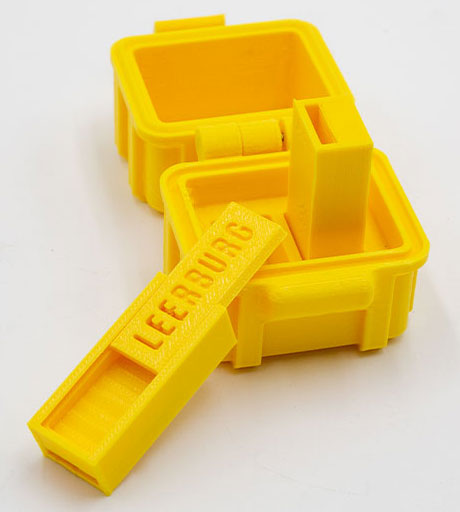
It is always recommended to proof detector dogs or civilian scent work dogs off the odor of the carriers used to hold narcotics, explosives, or oils in training.
Leerburg sells a single odor box kit designed specifically for proofing: Detector Dog Proofing Kit.
What is a proofing box used for? Whether you are a Law Enforcement K9 handler or a nose work sport dog trainer, you need to proof your dog off the items you are using to store and hide your odors. We do not want our dogs indicating on the odor tins or the 3D boxes we carry our training aides in. We use this proofing kit to teach the dog that it is supposed to ignore the odor of the box if there is no scent with the container.
We built this kit to be used in blind searches during detector dog training. The two yellow magnetic odor boxes from this kit are identical to the odor boxes in our larger 5-odor and 1-odor training kits.
Detection dog trainers load and hide "odor boxes" from our Multi and Single odor box kits with narcotics, explosive, or scented Getxent tubes. These loaded odor boxes are then hidden throughout a training location. Our 2 yellow proofing blank odor boxes are then hidden in the same area and are used as a blind search to proof the dogs off the actual odor from these magnetic boxes.
When trainers use tennis balls or Kong's or cotton towels to reward their dogs for a successful find, these items can be cut into small pieces and those pieces loaded into the yellow odor boxes. This protocol can be used in addition to hiding an entire tennis ball, the whole Kong or rolled up cotton towel in a training area. Using our loaded yellow odor boxes actually kills two birds with the same stone.
Training BLIND SEARCHES is important to any and every training system. Read more about What is a DOUBLE BLIND Search in Detector Training, Tracking, and S&R?



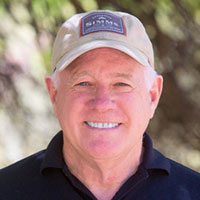
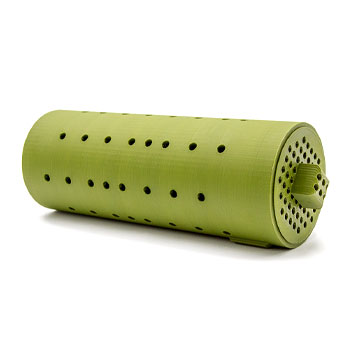
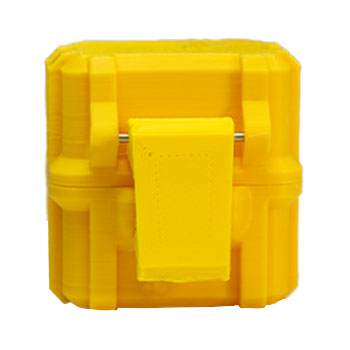
.jpg)
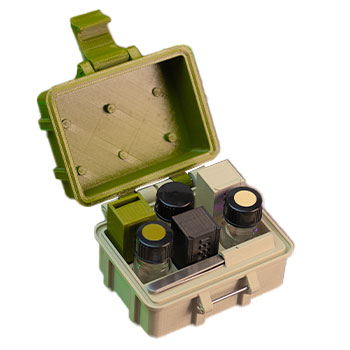
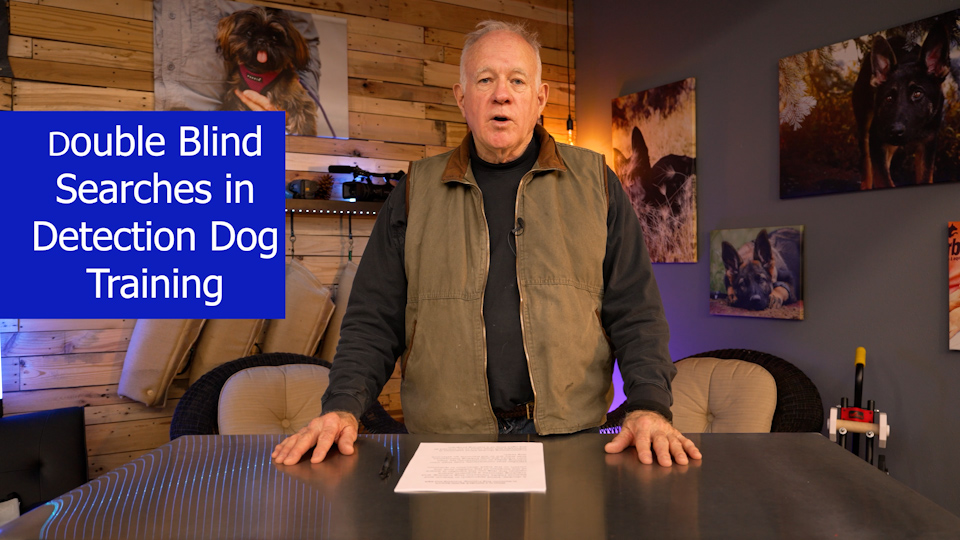
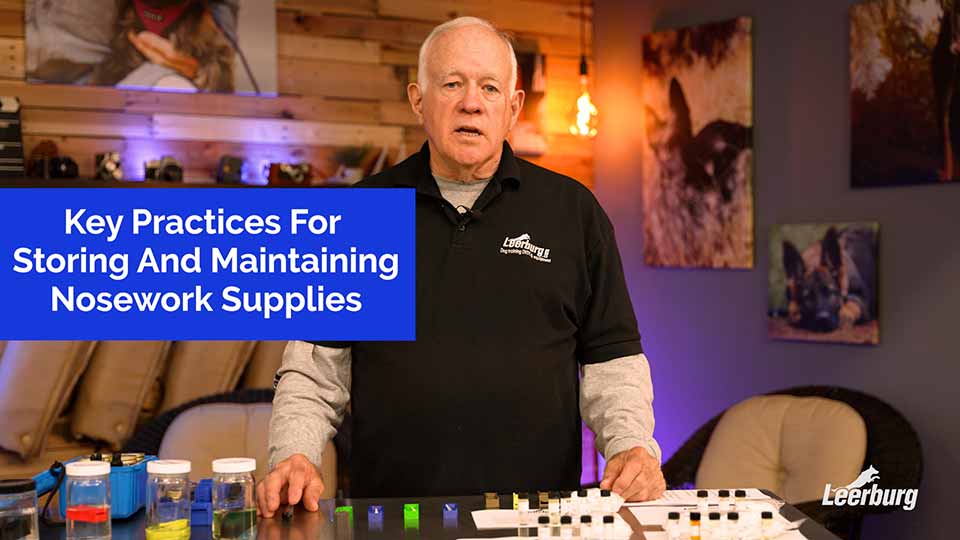
Ask Cindy.